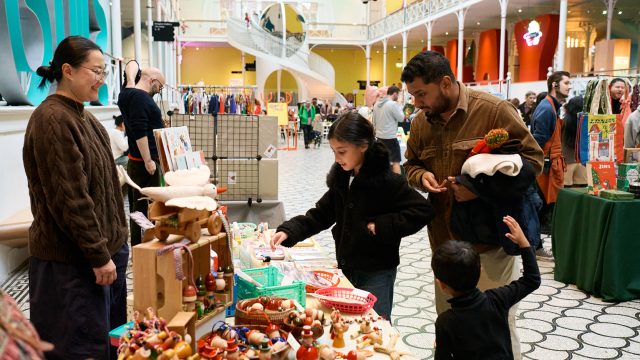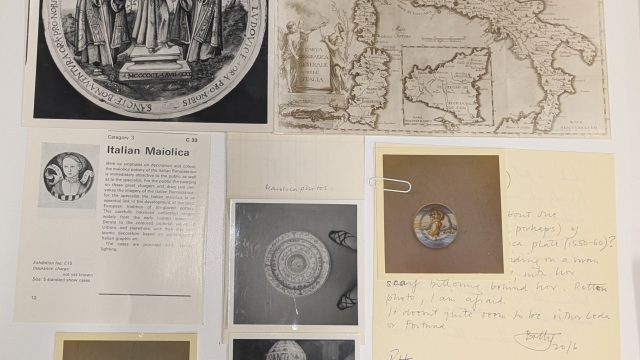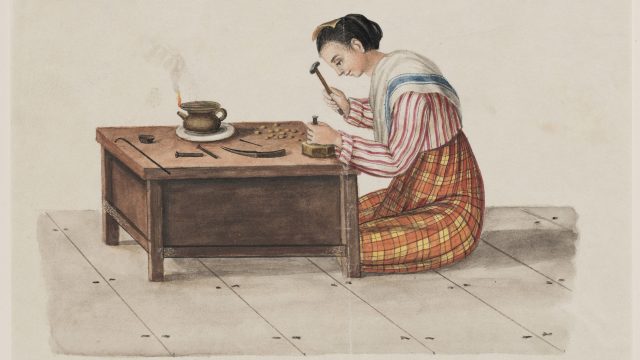How can we be playful with objects? How can we be creative with our displays? How might we engage our young visitors actively and socially?
These are the questions we are currently asking ourselves as we develop interpretation for the Play Gallery.
The Play Gallery explores many different types of play – including word play. Words, letters and numbers are all catalysts for creativity and tools of self-expression.
There is a huge array of word-play-heroes, especially for YV&A’s target audience of children, from birth to early teens. Roald Dahl uses existing patterns within language to create new, silly words. Scrumdiddlyumptious, uckyslush and biffsquiggle spring to mind – while Dr Seuss’s fantastical, inspirational rhymes are still read to children today.
Today you are You,
Dr Seuss
That is truer than true.
There is no one alive,
Who is Youer than You.
The V&A collection abounds in playful uses of language in a design context – think puns and jokes, alliteration and acronyms. From beautiful, moving Japanese haikus to downright silly limericks by Edward Lear, our collection holds a wealth of inspiration.
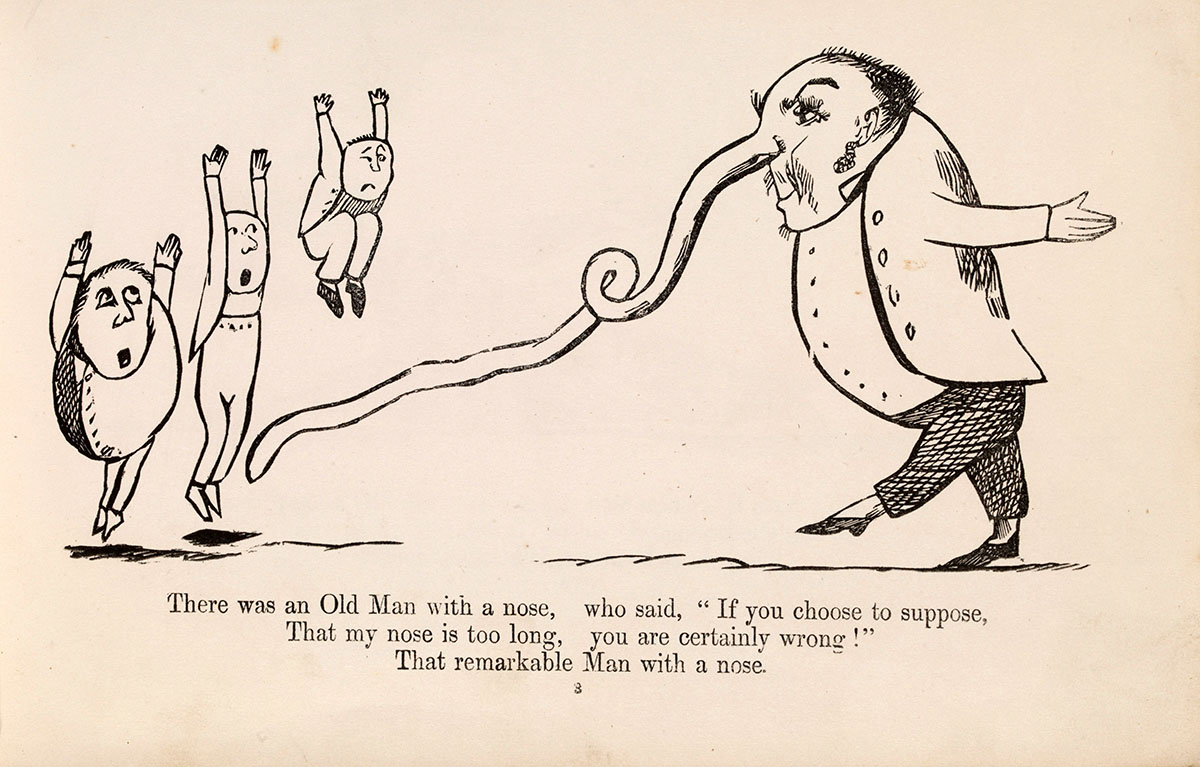
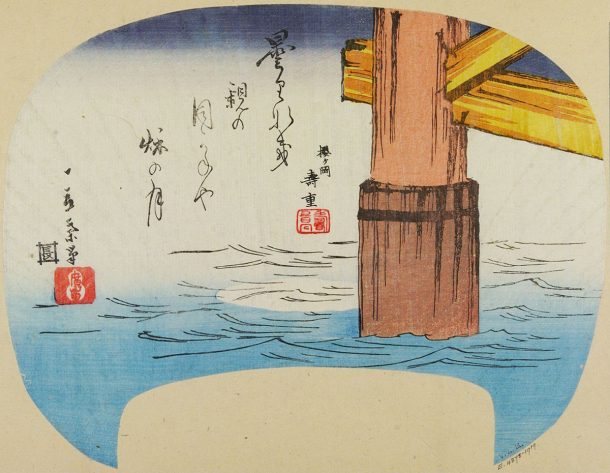
Unclouded,
Utagawa Hiroshige
Like a parent’s understanding of its child,
The autumn moon.
Let’s get visual
Another aspect of word play that has been exciting the team is the idea of layering up your language with visuals. This gives an additional element of art and design to engage young visitors.
Graphic word play might mean concrete poetry, visual puns or playing with typefaces, in order to strengthen the message, as the verbal significance is enhanced by visual presentation.
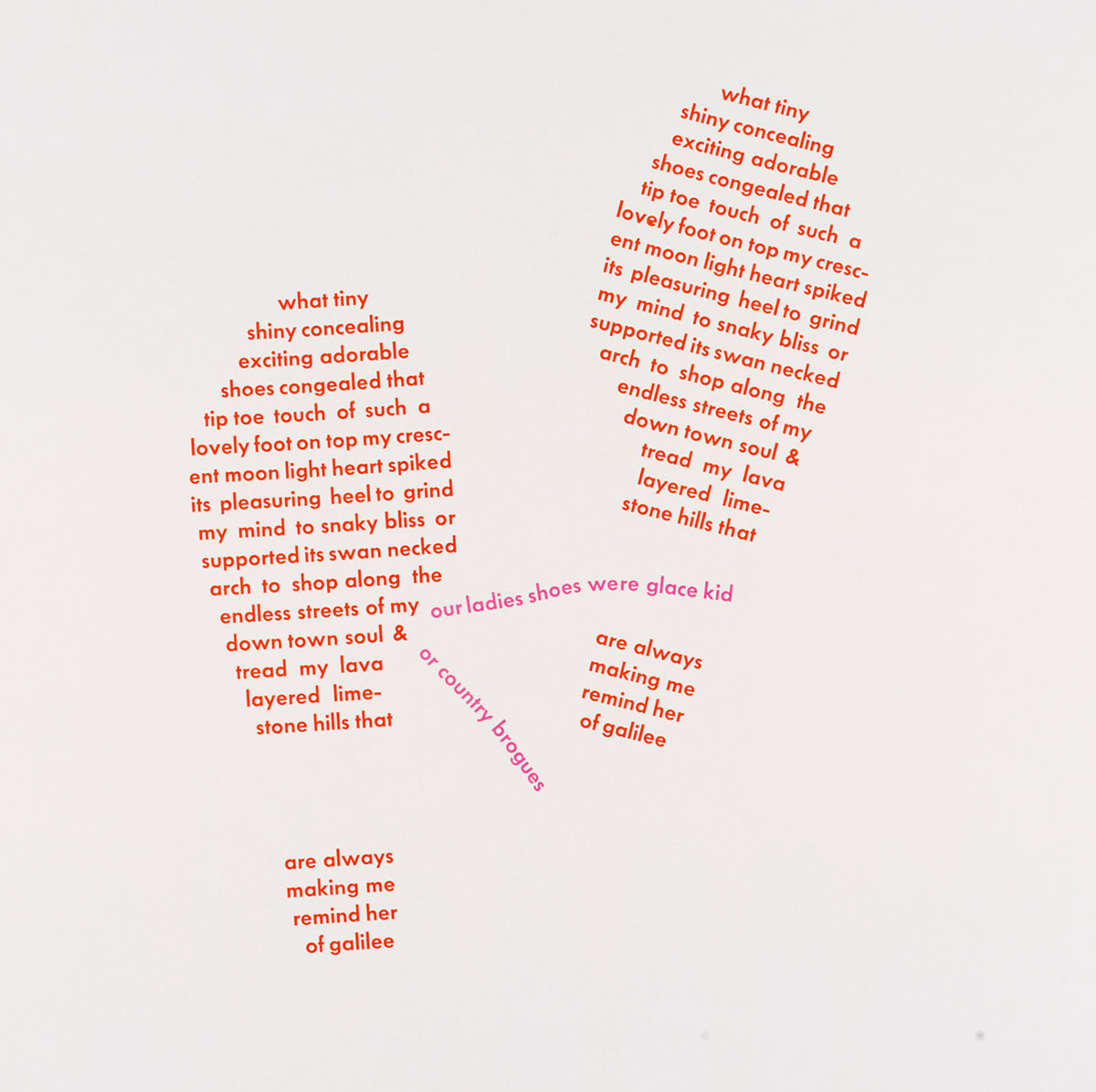
This technique is also found in calligrams (images created out of words or a single related word), from 19th-century prayers to dog food logos, you can say a lot with very little.
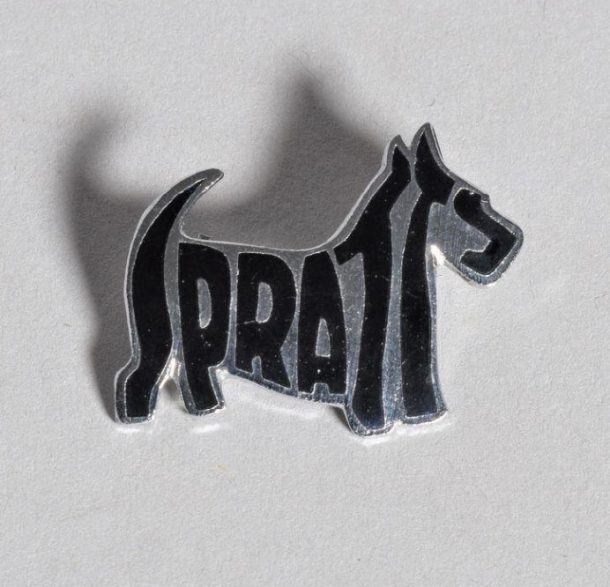
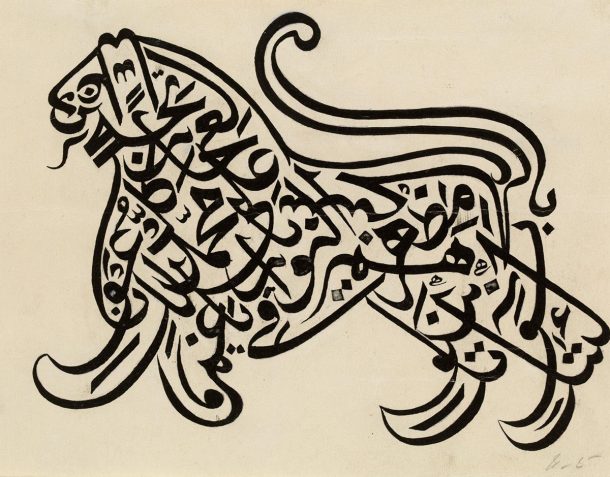
The relationship between words and creativity is cyclical. Sophie Cure and Aurelien Farina, designers both based in Paris, have produced a publication encouraging people to continue to play with words and visuals. Through a series of games and challenges the next generation of designers will be inspired.
As we continue to write the text and test out ideas, we will experiment with some of these techniques and may well see object labels morphing into limericks, or text panels turn into concrete poems. Watch this space.
